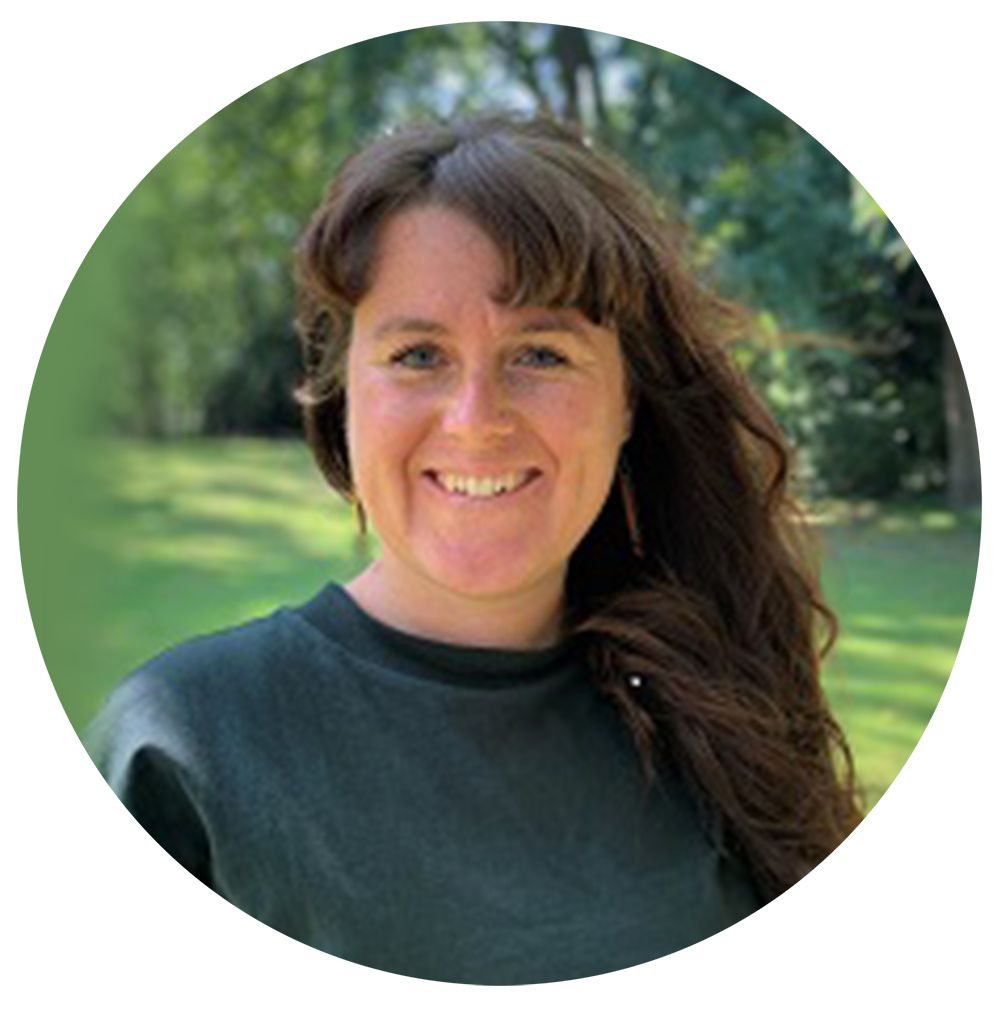Nature and People.
Work package lead: Netherlands Environmental Assessment Agency (PBL)
Work package co-lead: Vrije Universiteit Amsterdam (VU)
Netherlands Environmental Assessment Agency:

Aafke Schipper
Researcher

Alexandra Marques
Researcher

Clara Veerkamp
Researcher

Douglas Spencer
Researcher
Vrije Universiteit Amsterdam:

Peter Verburg
Professor

Anandi Sarita Namasivayam
PhD candidate

Evelina Sandström
Modelling team

Niek Scherpenhuijzen
Modelling team
Background
For an effective implementation of a Trans-European Nature Network (TEN-N) with benefits for both nature and people, it is necessary to consider not only biodiversity but also the variety of nature’s contributions to people, as well as the costs of conservation and restoration.
Purpose of the work package:
Work package 4 focuses on including economic and societal considerations in the design of the TEN-N. To that end, the work package develops and tests an approach for including economic and land-use costs, opportunities and constraints in the TEN-N optimization framework. In addition, the work package develops quantitative models able to assess the supply and demand of multiple ecosystem services, including contributions to climate change mitigation and adaptation.
What are we addressing in this work package?
Often, systematic conservation planning efforts focus primarily or exclusively on maximizing biodiversity benefits. However, if the costs of and barriers to conservation are not adequately considered, the conservation implementation might be compromised. Further, people attribute different values to nature (for example, intrinsic, instrumental and relational values), which may lead to different conservation outcomes, hence need to be considered in the network design.
Our solutions
→ Costs, opportunities and constraints
In work package 4, we will identify and map socio-economic and land-use conditions that constrain or enable an effective TEN-N implementation. We will investigate different types of costs associated with conservation and restoration actions, and establish spatially explicit layers of costs, opportunities and constraints to serve as input to the TEN-N optimization framework.
→ Assessing Nature’s Contributions to People
Quantitative ecosystem services (ES) models are widely available. However, the majority of existing models quantify only the potential supply of ES based on biophysical data (e.g. land cover, soil properties, climate), without considering the societal demand for these ES. In addition, biophysical models might be less adequate for ES that depend on the performance of specific species or species groups (for example, pollination, or the natural control of agricultural pest species). In this work package, we will go beyond the state-of-the-art in ES modelling by 1) quantifying ES according to an explicit and quantitative supply-demand framework, and 2) developing species-based models of ES supply for relevant taxonomic or functional groups.

